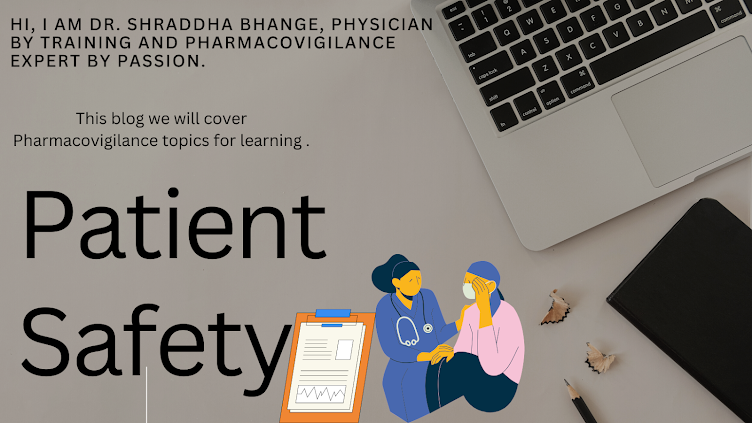A service data exchange agreement (SDEA) is an agreement between two companies that ensures the roles and responsibilities of each company are clearly defined, especially related to the pharmacovigilance process.
This agreement is necessary due to business requirements, such as pharmaceutical companies having to have partners in some countries instead of selling themselves or buying or selling their molecules to others. Often, an MAH may only be involved in distribution, marketing, or manufacturing. Knowing and defining who will do what in the PV process becomes essential in all such scenarios. This is also a requirement from regulatory agencies during audits or inspections.
2. Types of SDEA
As defined in the above image, there are various types of agreements. The most important and necessary one is between two MAHs. The SDEA can also have other supporting documents that may be used to define granular details, timelines, how to exchange information, etc. 3. When, who, and how do we write
SDEA is written or drafted very early once the business agreements are signed. Usually, the pharmaceutical company with the global license or MAH initiates the SDEA.
The SDEA should be finalized and signed before the first batch is in the market (worst case), but earlier is better. The safety database, SOP, Work instructions, and team readiness—in a nutshell, the PV system should be live and ready to onboard or delegate the product.
4. Elements of SDEA
SDEA elements, as seen in the above image, are minimal basic requirements that must be defined. This is not an exhaustive list, and further granularity is required depending on the product, its risk minimization measures, local RA regulations, etc. Other factors that need to be addressed are BCP (Business Continuity Plan), Termination, confidentiality, etc.
5. Challenges and Solutions
Challenges:
1. Data privacy can be challenging, especially if local laws vary.
2. Confidentiality policies may have differences that may be contradictory to SDEA terms
3. Meeting regulatory compliance requirements as per local laws and each company's policies
Solutions:
1. Regulatory adherence: Helps companies meet legal obligations at local laws.
2. Efficient collaboration: Once roles and responsibilities are clearly defined, it helps meet local and global regulatory requirements.
3. Data quality: Maintains safety data's accuracy, completeness, and timeliness.
4. Clarity: Confidentiality and data privacy should be clearly defined to avoid any inspection and audit findings.
Having SDEA is of utmost importance so that both companies and parties work and collaborate together. This will ensure that there are no ugly disagreements later.
Written by:
Dr.Shraddha Bhange.
Connect with me Via the comments below. (I do not respond to Facebook messages)
Support the cause of better rural education with me: ThinkSharp Foundation http://thinksharpfoundation.org/#home
References:
https://pvdrugsafety.com/2021/11/pharmacovigilance-agreements-pvas-and-safety-data-exchange-agreements-sdea/



